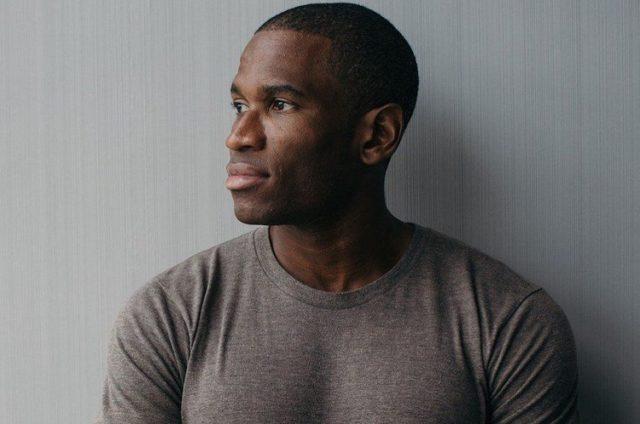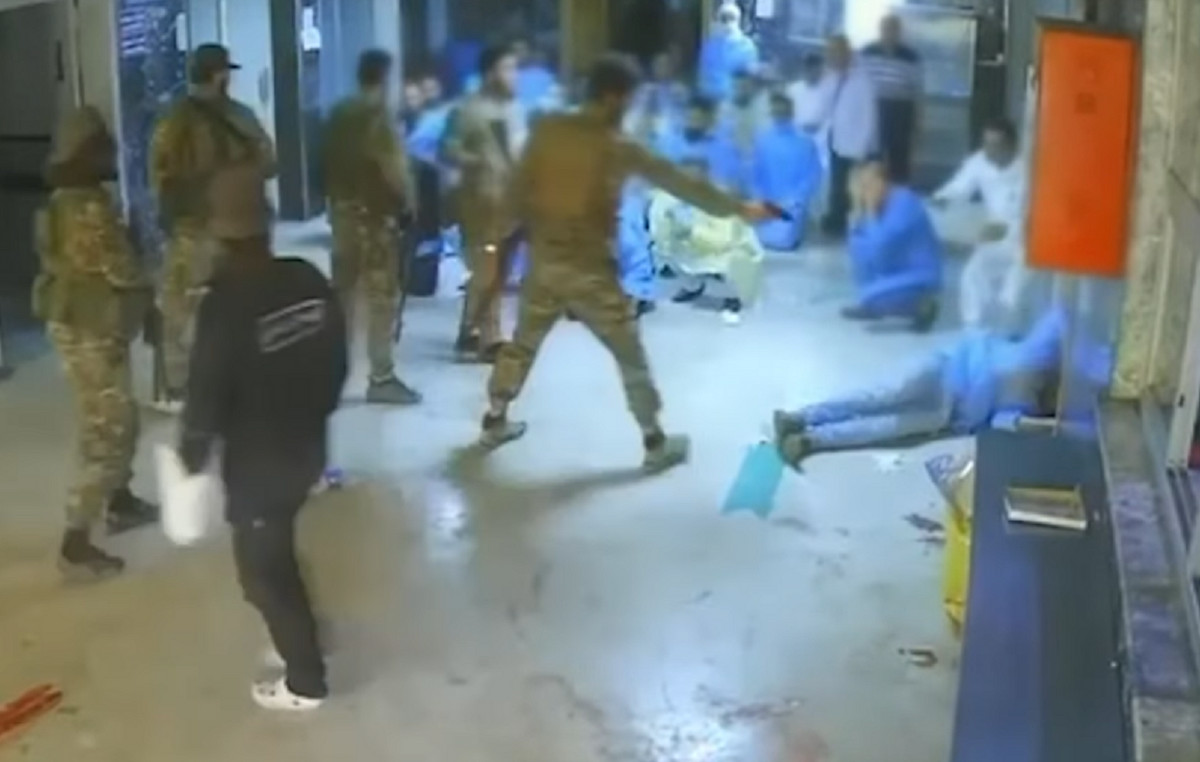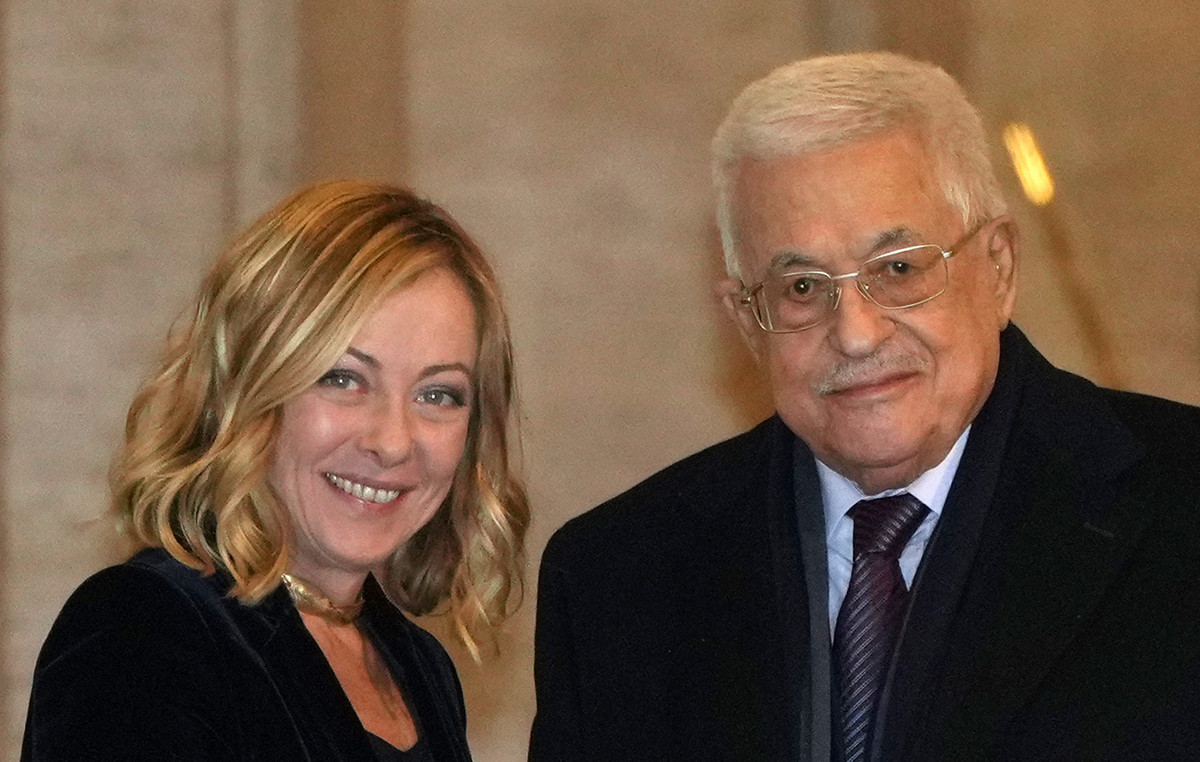The suicide rate among black adolescents and youth in Brazil is 45% higher than among whites. The data are from the Ministry of Health and also show that the risk has increased by 12% among the black population in recent years and has remained stable among whites. In this section, the age group from 10 to 29 years old is the one that suffers the most, especially males, who have a 50% greater chance of taking their lives than among whites of the same age. The numbers are alarming and draw attention, but what would be the main cause of this high rate of suicide among blacks? Why are they the most vulnerable?
According to the lawyer and director of the Luiz Gama Institute, an NGO that fights for human and minority rights, it is necessary to analyze the causes, effects and solutions of what is a real problem in Brazil.
Santos emphasizes that at first we need to think about the causes that lead to suicide, which are depression, disorders, stress, fear, chemical dependence and countless other mental illnesses that affect human beings. “Data show that among people who have committed suicide, between 50 and 70% have never been treated by health professionals such as psychologists and psychiatrists. This is due to structural racism and the social and economic impacts of this system.”
He also explains that in addition to the lack of resources to seek adequate treatment, the poorest population, which is mostly black, also experiences ridicule, as many receive labels of “strong man” and “warrior woman”, who have to put up with everything. and this also opens a range for the manifestation of psychosomatic diseases, triggering cancer and heart problems, among other pathologies.
Another cultural element is the religious foundation, which is also very common among the population with fewer resources. “There is that maxim of thinking that every problem has its cause in spiritual orders. People try to solve it with religious rituals and end up not looking for professional help and multidisciplinary treatment”.
The black population still has the aggravating factor of the lack of access to adequate medical treatment in early childhood. “Because of the economic issue, children from 0 to 3 years old cannot be seen by a pediatrician periodically and this can create gaps in the cognitive part and development in general. In addition, many do not have access to adequate food with all the necessary nutrients and supplements”.
This entire gap due to lack of financial resources persists throughout adolescence, youth and adult life, in different ways. According to the expert, theSchools usually do not have qualified professionals to deal with diversity. Racial and gender issues are not discussed in depth in schools, especially in private institutions.
In this sense, this child and later the young person lives in a denialist culture, extremely authoritarian and violent in ideological pressure, which dictates what is right and wrong.
Julio Santos, director of the Luiz Gama Institute
Within this context, black people feel increasingly inferior and unable to occupy certain spaces that are socially denied to their equals.
Solutions
As a solution to this problem, Julio Santos explains that it is necessary to create nuclei of coexistence in the family, at work and among friends to meet this need for the black population to belong. “The feeling that passes among people who attempt or commit suicide is that life has no value and that is why they have no more motivation to live”.
Santos also emphasizes the importance of employment, leisure opportunities that can be created by these centers. “Black people usually get involved in fragile relationships, especially affective ones, where they are always secondary options. This happens mainly with black women who are almost never preferred in relationships and even with black homosexuals who are stereotyped as “perfect matches” for sex, but not to be out in relationships”.
There is an absence of mirrors for the black population and structural problems of different kinds. That is why it is important that there is an intervention, the creation of public policies that study vulnerabilities with social cuts.
Yellow September needs to be seen from a racial point of view, identifying the causes that most lead to this individual’s suicide. Black citizens need to be attended to according to their needs, which of course are totally different from those of people of other ethnicities.
Julio Santos, director of the Luiz Gama Institute
Empathy
Thinking precisely about offering a specific treatment based on the racial issue for the treatment of emotional diseases, AfroSaúde was created, which is a health tech with social impact, focused on developing technological solutions for the black community. Through a platform, the institution connects patients to black health and wellness professionals from all over Brazil.
The CEO and founder of AfroSaúde, Arthur Lima, emphasizes that structural racism is the main factor in this high rate of suicide among blacks and highlights that common situations experienced by this population, such as being mistaken for a criminal or being followed by security guards in stores and markets cause psychic suffering that has already been proven by experts. “This tension of having to be attentive at all times, always in a state of alert, makes it difficult for the person to concentrate, generating constant anxiety and phobia”, explains Lima.
Among women, similar problems and other orders also cause trouble. “In affective issues, they are neglected and the imposter syndrome is always present in the job market. Black women on the rise feel a lack of belonging because they can’t see themselves in those spaces.”
In this sense, AfroSaúde has had excellent results since black professionals can better understand the issue of race because they go through the same situations. “Communication is facilitated and these professionals clearly understand the problems experienced by blacks. There is an empathy with the contexts they are already familiar with and that makes all the difference in the service”.
emotional burnout
Architect and Facilities Manager Talita Alves Gardin Zylberman was diagnosed with Burnout Syndrome in 2021, during the pandemic. At the height of the increase in cases of illness, many people at the company were laid off and the company ended up accumulating a lot of work. She managed some buildings and even with the advance of Covid-19, she needed to be in person at the company.
“It was a very stressful period. I was stricken with the disease and along with all that, I was transferred to another building, where I had a manager who was extremely rude, authoritarian and invasive. It started to affect the way I worked. I suffered moral harassment and I even reported it to the company, but that only exposed me even more,” she said.
Talita said that at one point she began to be afraid to step into the building. “Just seeing on the clock that it was time to wake up for work and start receiving messages from people at the company, I already panicked. One day I went to work and felt a very strong pain in my chest, a feeling that I was having a heart attack. They called my husband and I went to the hospital”, recalled the architect.
At the hospital, Talita did all the tests, but no disease was detected. “The doctor asked me several questions and arrived at the diagnosis that I had Burnout Syndrome. It affected me in such a way that to this day I take medicine and I can’t think of stopping. At the beginning of this year I thought I was fine and withdrew the medication, but I had a very strong crisis”.
The architect remembers that one of the symptoms of Burnout was a very heavy weight on the body, in addition to crying and panic attacks.
It was as if a very heavy person was on my chest and it was preventing me from breathing.
Talita Alves Gardin Zylberman, architect
Regarding the social background, Talita, as a black woman, recognizes that because of the structural racism that is very latent in Brazil, she feels incapable all the time. “It’s the famous imposter syndrome. A feeling of not belonging. At the company where I worked, out of 300 people, only 13 were black, so I didn’t see myself represented in the spaces.”
Talita says that she is the daughter of a white father and a black mother and that some of her siblings were born very fair. “The difference in terms of employment is clear. I have a sister who is blonde and she, with less professional qualifications than I, can easily be accepted in leadership positions. As a black woman, it is exhausting to always have to work two or three times as hard to get noticed at the company.”
Currently Talita is unemployed, but emotionally well. Despite needing the money, she recognizes that the most important thing is to preserve her mental health. “I’m still in treatment. I do some freelance work, but I don’t stop doing therapy and continuing with the medication. I still feel fear and anxiety when I think about returning to the corporate world.”
Source: CNN Brasil
I am an experienced journalist and writer with a career in the news industry. My focus is on covering Top News stories for World Stock Market, where I provide comprehensive analysis and commentary on markets around the world. I have expertise in writing both long-form articles and shorter pieces that deliver timely, relevant updates to readers.







